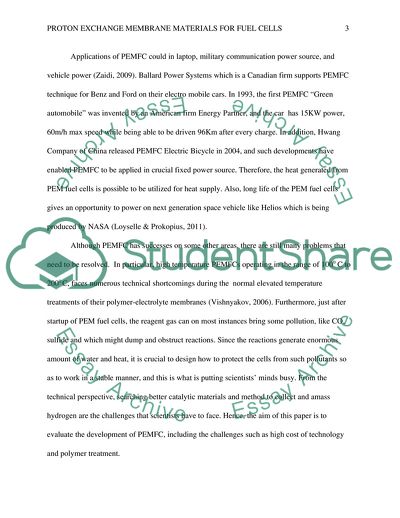Cite this document
(Proton Exchange Membrane Materials for Fuel Cells Annotated Bibliography, n.d.)
Proton Exchange Membrane Materials for Fuel Cells Annotated Bibliography. https://studentshare.org/chemistry/1798000-proton-exchange-membrane-materials-for-fuel-cells
Proton Exchange Membrane Materials for Fuel Cells Annotated Bibliography. https://studentshare.org/chemistry/1798000-proton-exchange-membrane-materials-for-fuel-cells
(Proton Exchange Membrane Materials for Fuel Cells Annotated Bibliography)
Proton Exchange Membrane Materials for Fuel Cells Annotated Bibliography. https://studentshare.org/chemistry/1798000-proton-exchange-membrane-materials-for-fuel-cells.
Proton Exchange Membrane Materials for Fuel Cells Annotated Bibliography. https://studentshare.org/chemistry/1798000-proton-exchange-membrane-materials-for-fuel-cells.
“Proton Exchange Membrane Materials for Fuel Cells Annotated Bibliography”. https://studentshare.org/chemistry/1798000-proton-exchange-membrane-materials-for-fuel-cells.


